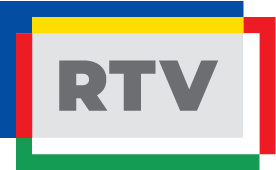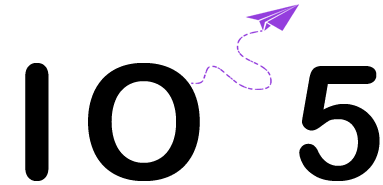IO 5 is a 61-page document entitled “Inclusion Management”. The document has a supplement of 31 pages, which deals extensively with the issue of citizen journalism. The authors of the document propose the inclusive management to be integrated into the project on several levels, namely both at the level of the relationship between the educational means and the needs of the labor market, as well as at the level of the relationship between teachers and students, by systematically involving students in the design and drafting curricula and in the creation of didactic tools.
The first document has 3 chapters, structured as follows:
- Key concepts that define Inclusive Management;
- Inclusion in the RTV project;
- Teaching inclusion in media classes.
The first chapter deals with the concept of inclusive management from the point of view of its definition, objectives and purpose. Inclusion is seen as a universal human right: the purpose of inclusion is to about all people, regardless of race, gender, disability, medical or other needs the nature. It is about providing equal access and opportunity and getting rid of discrimination and intolerance (removal of barriers). In this component, the inclusion is much more close to the social binder as it affects all aspects of public life.
The section presents the 7 pillars of inclusion (acceptability, opening, choice, partnership, communication, politics, opportunities), the definition of management and inclusive management in particular, the key characteristics of management and inclusive management. At the same time, it presents the implementation method of an “inclusive management” process, the stages of such a process, as well as its benefits.
The next chapter is dedicated to inclusion in the RTV project, analyzing Inclusive Management in media training: the involvement of the main actors. It is defined as the media industry, which involves various components of the media communication industry, such as print media, publishing, news media, photography, cinematography, broadcasting (radio and television) and advertising. In this sense, collaborative learning, respectively teachers involving students, the participation of experts, respectively schools involving professional journalists, as well as citizen journalism (journalists supported by citizens) are dealt with later. The last section of this chapter deals with the issue of inclusion and diversity, starting from the idea that diverse and inclusive teaching leads to innovative results, research showing that only the presence of physical diversity results leads to an additional increase in performance.
The last chapter addresses the issue of teaching inclusion in media classes, the focus here being on the rapid availability of digital forms of knowledge and a associated possibilities to store, access and share them as a common. Cultural diversity is a topic that cannot and should no longer be ignored. Whether approached from a managerial point of view, from a human resources perspective or from a communication angle, the topic of cultural diversity has become one of the most important issues that we must integrate into our vision of the world in which we live and work. It is a hot topic that interests many people, but at the same time it is also sensitive and controversial, cultural diversity must be one of the focuses of communication managers of large organizations. In learning, co-construction is a distinctive approach where the emphasis is on working collaboratively or in partnership. However, it also includes some more interactive processes such as cooperation and coordination. Therefore, the document proposes, as a work exercise, Common and co-construction practices; Citizen Journalism, Social Media and Cultural Diversity; Using journalistic tools to raise awareness of cultural diversity. Finally, a case study is proposed: Sociology of mixity. Intercultural couples in European cinema.
The additional document deals extensively with the concept of citizen journalism, a concept very present nowadays, considering the advent of the Internet, new technologies, social platforms and grass-roots media that have achieved a significant shift in collecting, disseminating and sharing information. Citizen journalism can be considered as the offspring of this evolution – an alternative form of news gathering and reporting, taking place outside of the traditional media structures and which can involve anyone. The supplement presents the challenges and specific technical skills for new forms of journalism, technology and ethics in teaching citizen journalism, pedagogy in the field focused on critical thinking and avoiding mistakes. Finally, a number of practical exercises for citizen journalism are proposed.
English version is here:
English extension is here:
🌠 Romanian version of IO 5 – download
🌠 Romanian extension of IO 5 – download
🌠 French version of IO 5 – download
🌠 French extension version of IO 5 – download
🌠 Italian version of IO 5 – download
🌠 Italian extension version of IO 5 – download

